Part 1: Advanced Technologies for Reducing Energy Consumption The tile and ceramic industry consumes a significant amount of energy due to its high-temperature firing processes. To reduce this consumption and increase efficiency, several advanced technologies have been implemented in this industry. The most important ones include:
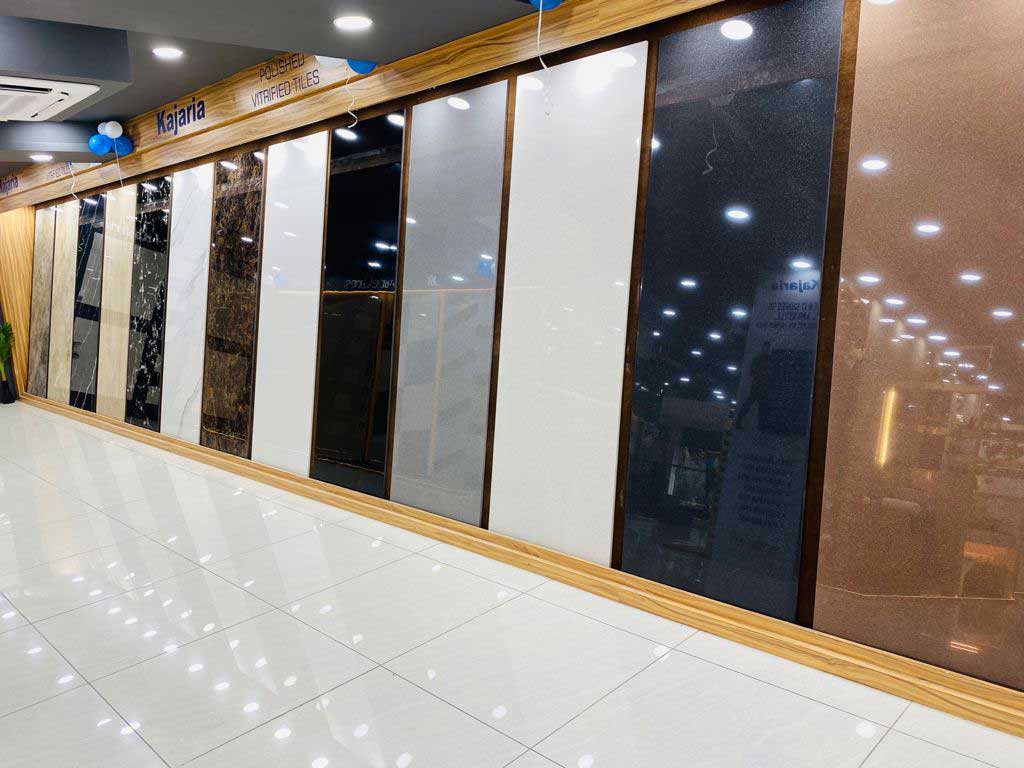
- High-efficiency tunnel kilns: These kilns, equipped with advanced control systems and precise insulation, significantly reduce fuel consumption.
- Electric kilns: Due to the use of electricity and precise temperature control, electric kilns offer higher efficiency compared to gas kilns.
- Heat recovery systems: In these systems, the heat exiting the kilns is used to preheat raw materials and reduce energy consumption.
- Thermal insulation: The use of thermal insulation materials on the walls, ceiling, and floor of kilns can reduce heat loss and increase energy efficiency.
- Use of renewable energy sources: Replacing a portion of the consumed energy with renewable energy sources such as solar and wind energy can reduce production costs and greenhouse gas emissions.
Part 2: Suitable Export Markets for Iranian Tiles and Ceramics Iranian tiles and ceramics, with their high quality and diversity, have a high potential for export to various countries. Some of the suitable export markets for these products include:
- Neighboring countries: Neighboring countries such as Iraq, Afghanistan, Turkey, Azerbaijan, and the Persian Gulf countries are good markets for Iranian products due to their geographical and cultural proximity.
- CIS countries: The Commonwealth of Independent States countries such as Russia, Ukraine, and Kazakhstan are suitable markets for construction products, including tiles and ceramics, due to their need for infrastructure reconstruction.
- African countries: Many developing African countries require construction products at affordable prices.
- Southeast Asian countries: Due to rapid economic growth and increased construction, these countries are growing markets for tiles and ceramics.
Part 3: Legal Barriers to Exporting Iranian Tiles and Ceramics The export of Iranian tiles and ceramics faces several legal barriers, including:
- Customs duties: High customs duties imposed by some countries can reduce the competitiveness of Iranian products.
- Standards regulations: Non-compliance with international standards can lead to the rejection of products at the customs of destination countries.
- Non-tariff barriers: Non-tariff barriers such as technical, sanitary, and phytosanitary restrictions can also affect exports.
- Exchange rate fluctuations: Fluctuations in the exchange rate can create uncertainty in international markets and reduce the competitiveness of products.
- Sanctions: Economic sanctions against Iran can limit the export of products to certain countries.
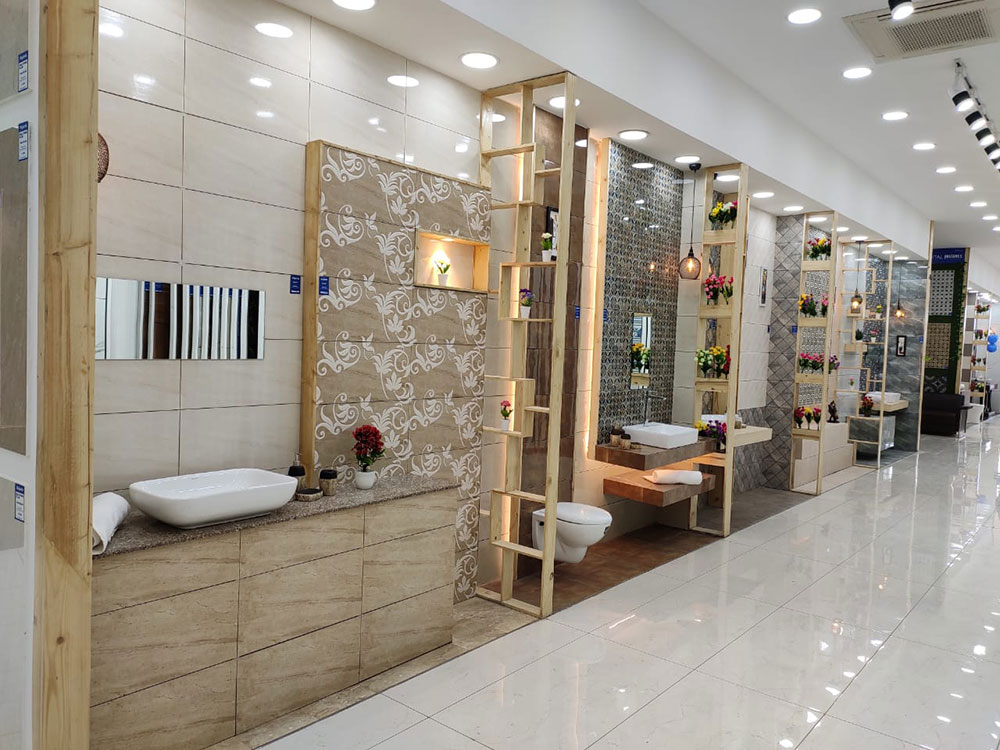
Strategies to Overcome Barriers and Expand Exports
To overcome the challenges and expand exports of Iranian tiles and ceramics, several strategies can be implemented:
- Developing Trade Relations with Target Countries: Participating in international exhibitions, holding business meetings, and establishing sales representatives in target countries can help develop trade relations.
- Compliance with International Standards: Producing high-quality products that meet international standards can increase customer trust and reduce technical barriers.
- Government Support: Government support for producers through financial incentives, reduced energy costs, and export support can help overcome some barriers.
- Economic Diplomacy: Strengthening diplomatic relations with target countries and resolving trade disputes can facilitate exports.
- Formation of Export Consortiums: The formation of export consortiums can increase the bargaining power of Iranian producers in global markets.
Conclusion
The Iranian tile and ceramic industry can become one of the country’s leading industries by utilizing advanced technologies and focusing on export markets. However, addressing legal barriers and receiving government support is essential.
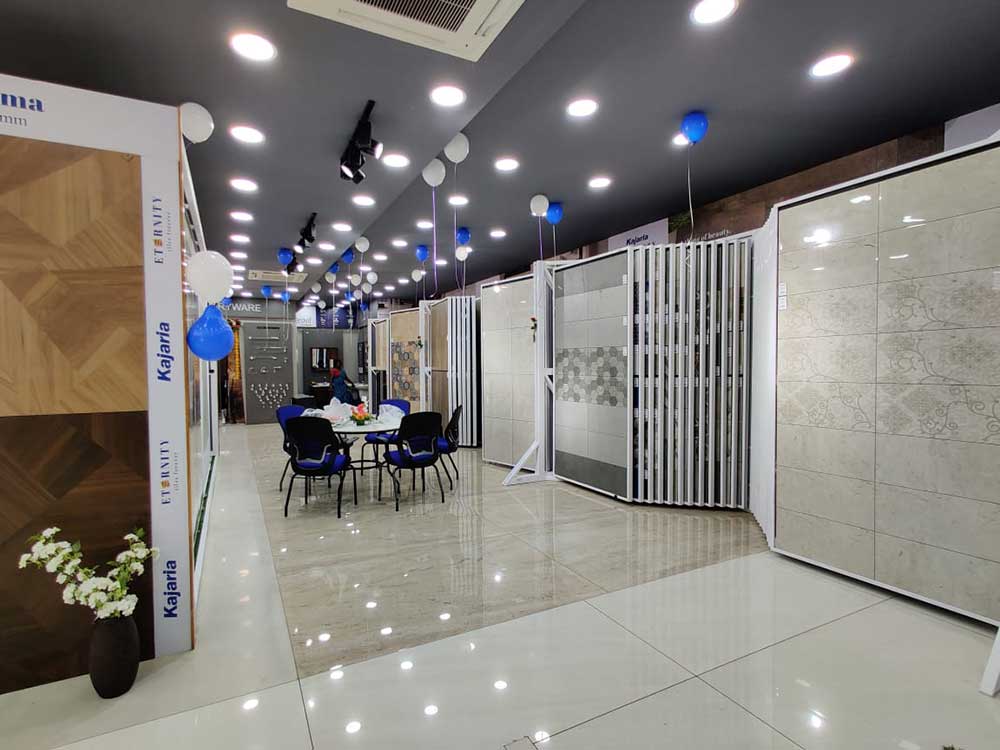
Advanced Technologies in the Tile and Ceramic Industry
In addition to the previously mentioned technologies, other advanced technologies are being used in the tile and ceramic industry to improve product quality, reduce costs, and increase efficiency. Some of these technologies include:
- Nanotechnology: The use of nanoparticles in the production of glaze and tile bodies improves the physical and chemical properties of products, such as stain, bacteria, and abrasion resistance.
- ۳D printing: This technology enables the production of tiles with complex and custom designs and shapes.
- Artificial Intelligence: The use of artificial intelligence in production process control, energy optimization, and product quality improvement.
- Robotics: The use of robots on production lines increases accuracy and speed of production and reduces human error.
New Export Markets for Iranian Ceramics
In addition to traditional markets such as neighboring countries and the CIS region, there are new markets for Iranian ceramic products. Some of these markets include:
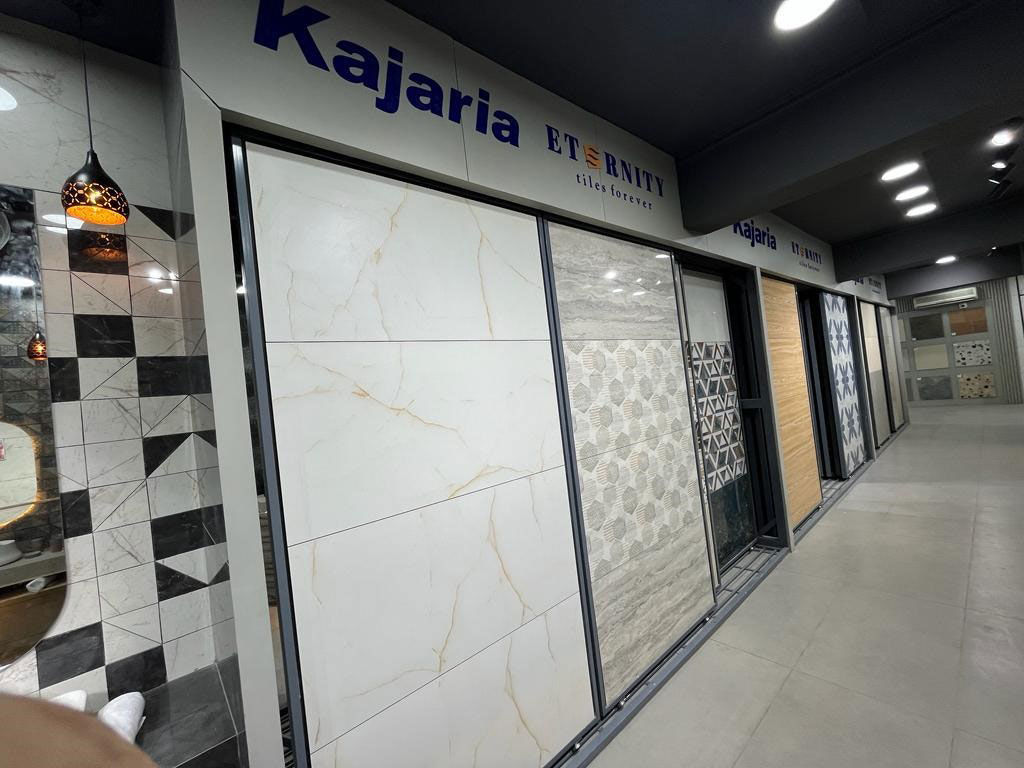
- European countries: Some European countries, due to the high quality of Iranian products and their diverse designs, have become good markets for Iranian ceramic products.
- Latin America: Due to economic growth and increasing demand for construction products, these countries are potential markets for Iranian products.
- Central Asian countries: Central Asian countries such as Kazakhstan, Uzbekistan, and Tajikistan, due to the need for infrastructure reconstruction, are good markets for construction products, including tiles and ceramics.
- Asia Pacific countries: Countries in this region, such as Australia and New Zealand, due to their high living standards and interest in quality products, are suitable markets for Iranian ceramic products.
Strategies to Reduce Production Costs in the Tile and Ceramic Industry
In addition to the previously mentioned strategies, there are other ways to reduce production costs in this industry:
- Product Design Optimization: Designing products to consume fewer raw materials and simplify the production process.
- Supply Chain Management: Improving supply chain management, including purchasing raw materials at the right price and on time, can help reduce costs.
- Human Resource Training: Training employees and increasing their skills can reduce waste and increase productivity.
- Collaboration with Universities and Research Centers: Collaborating with universities and research centers to develop new technologies and improve production processes.
Government’s Role in Supporting Tile and Ceramic Producers
The government can contribute to the growth and development of the tile and ceramic industry through various supportive policies. Some of these policies include:

- Financial Incentives: Providing financial incentives to producers for expanding production units, purchasing new equipment, and investing in research and development.
- Export Support: Offering export incentives, supporting participation in international exhibitions, and facilitating customs procedures.
- Infrastructure Development: Improving transportation and energy infrastructure to reduce production costs and facilitate exports.
- Research and Development Support: Supporting research centers and universities to conduct research in tile and ceramic production and develop new technologies.
- Enacting Supportive Laws and Regulations: Developing supportive laws and regulations for domestic producers and creating barriers to imports of similar foreign products.
Ultimately, the success of Iran’s tile and ceramic industry depends on the cooperation and synergy between the government, producers, the private sector, and universities.
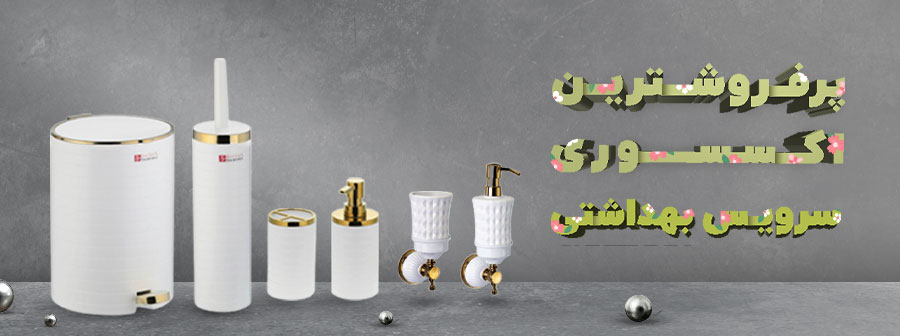
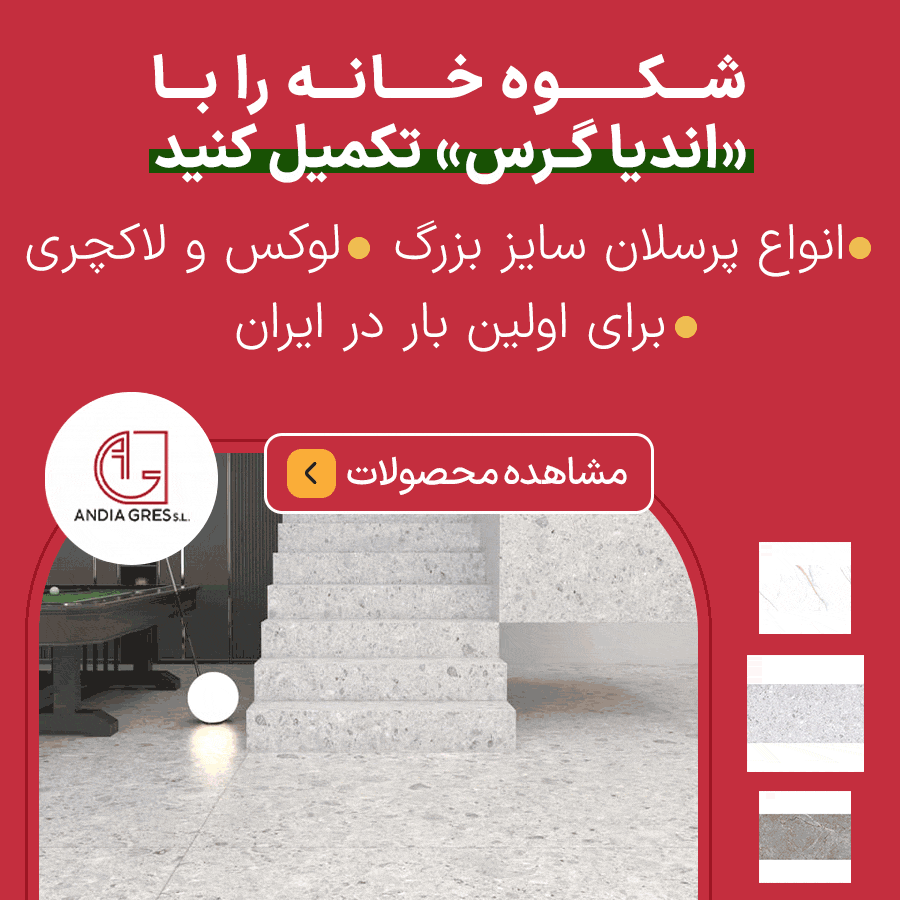
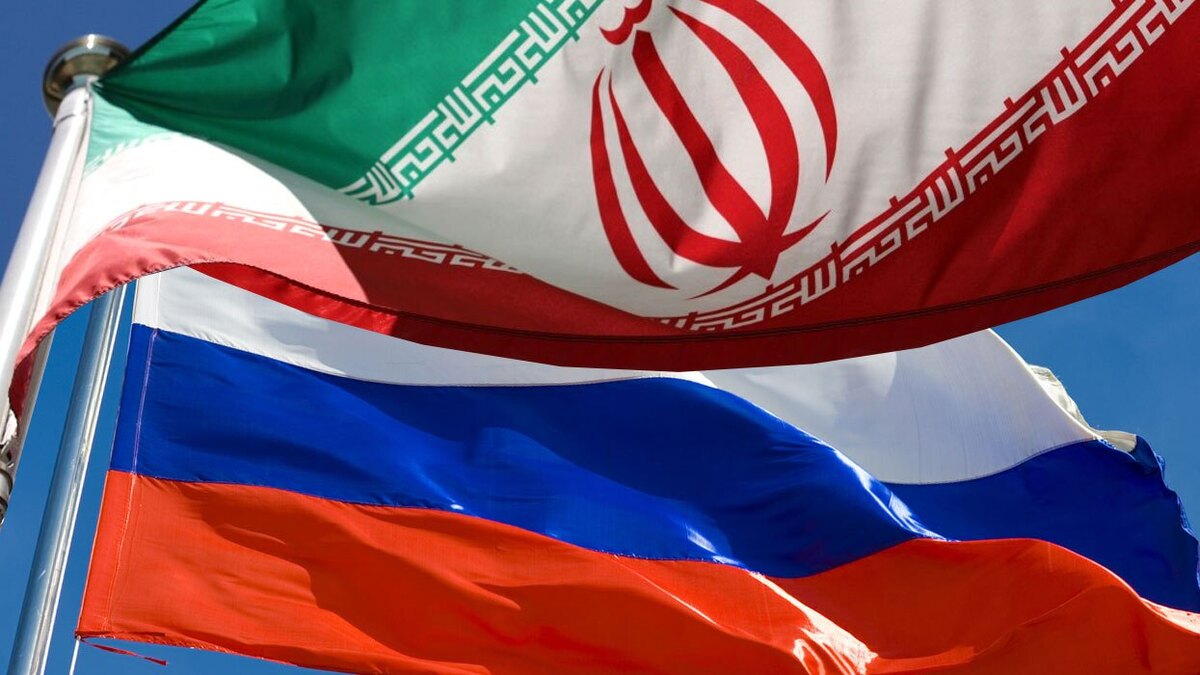
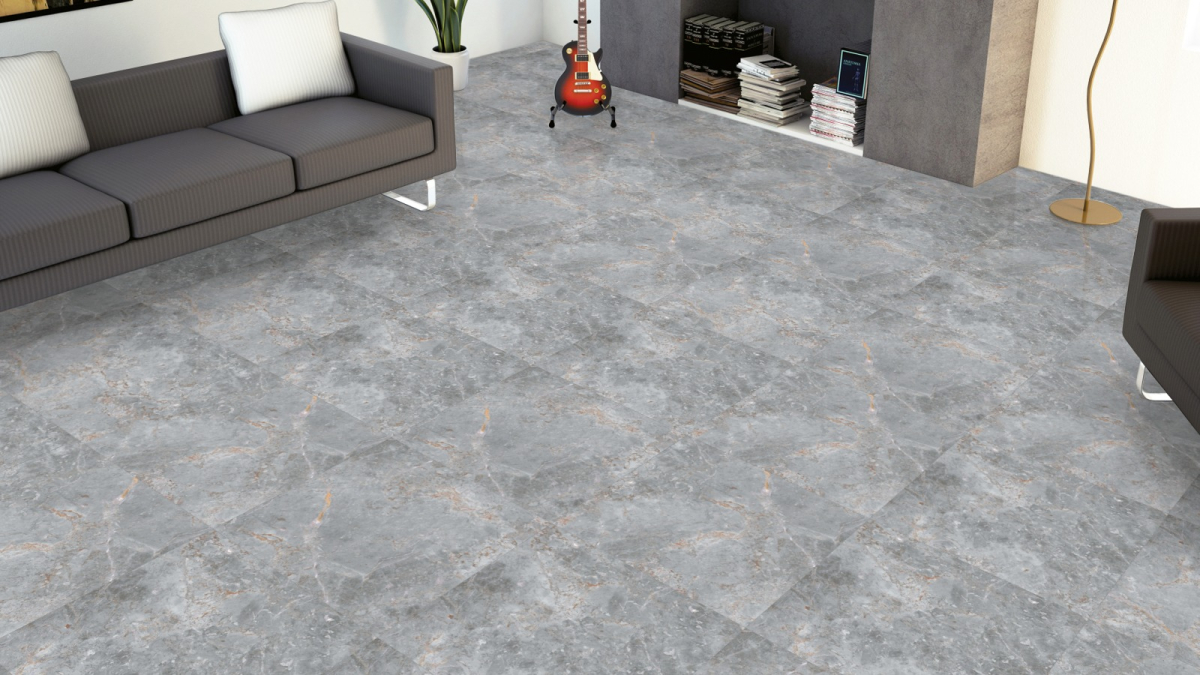
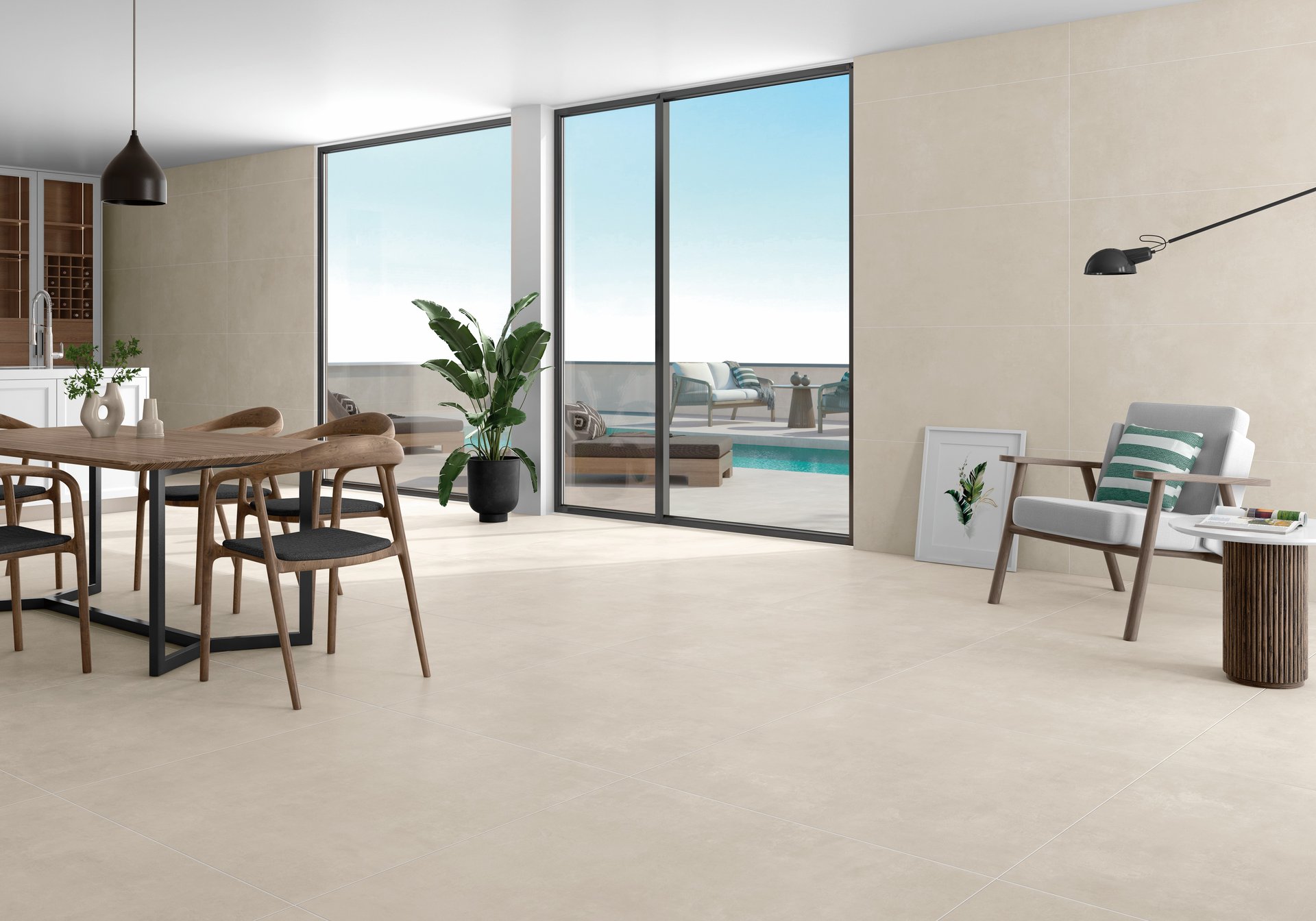

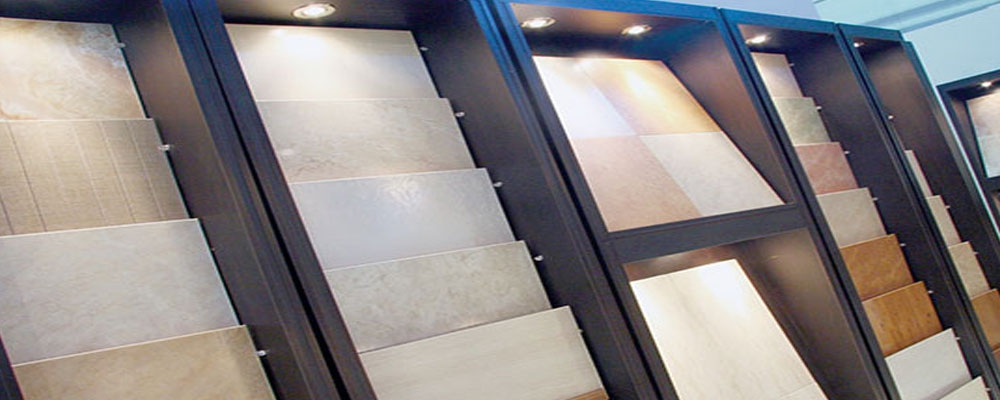
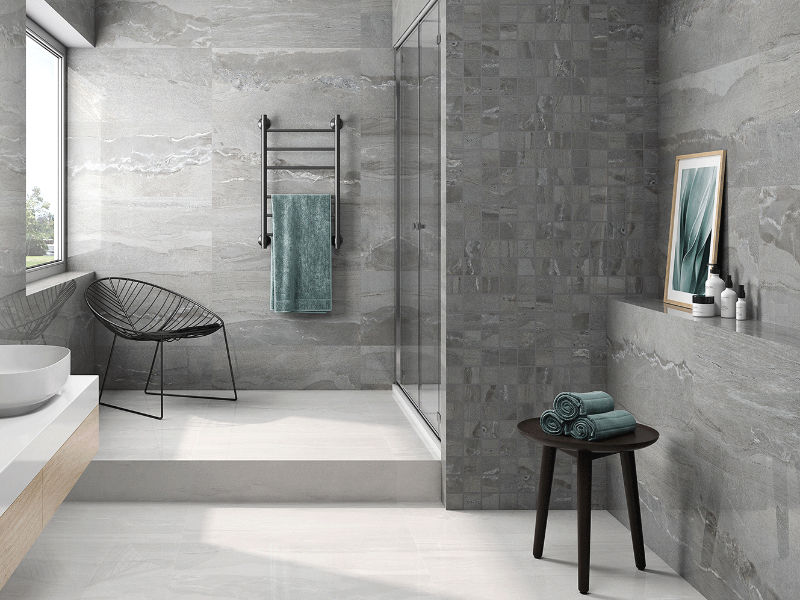
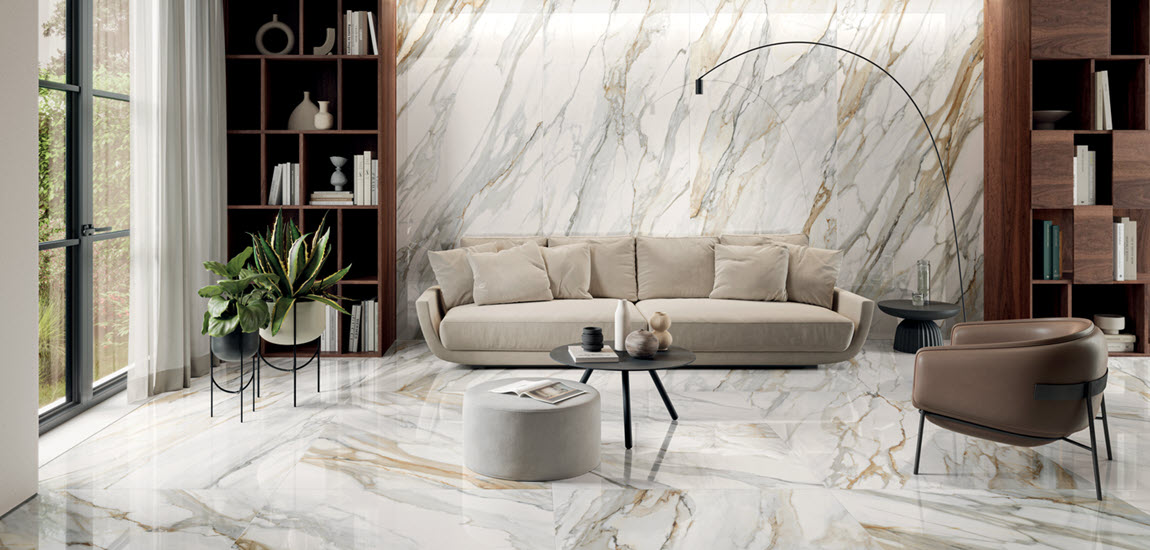
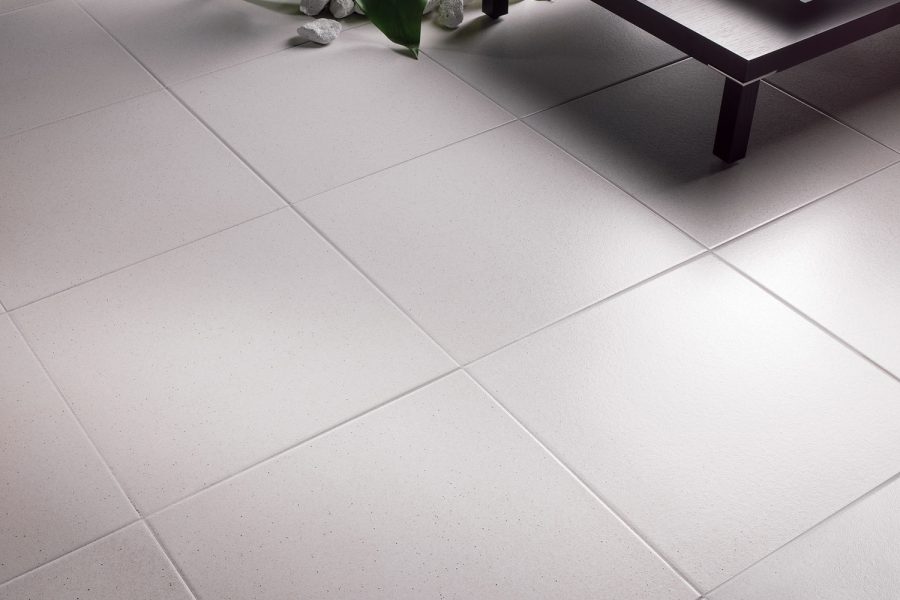
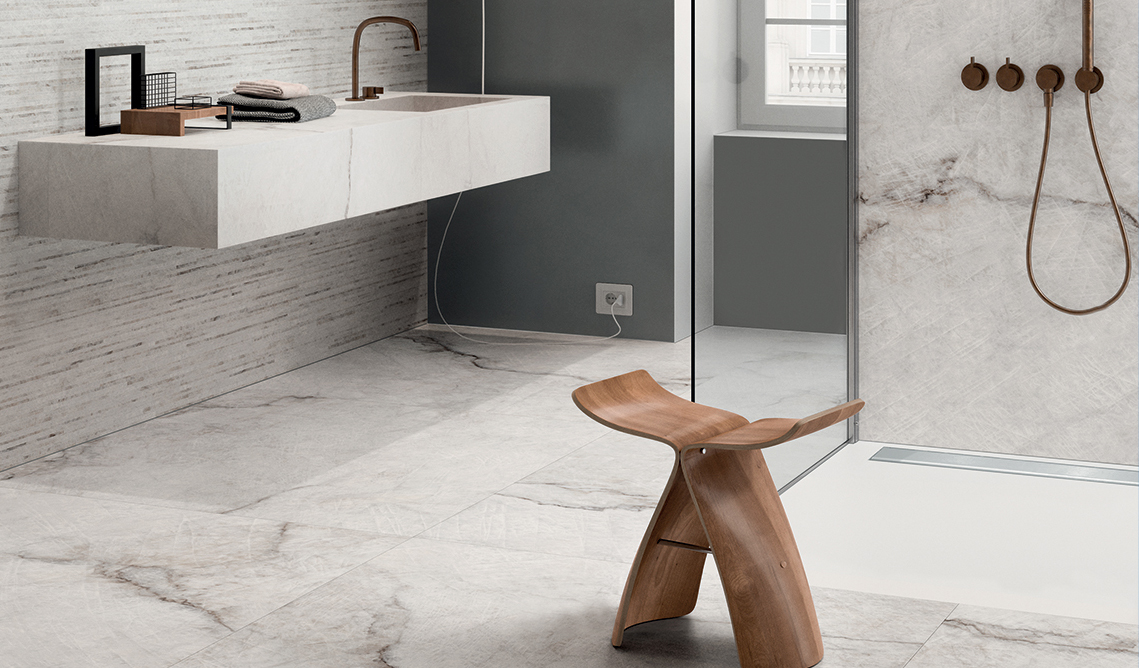
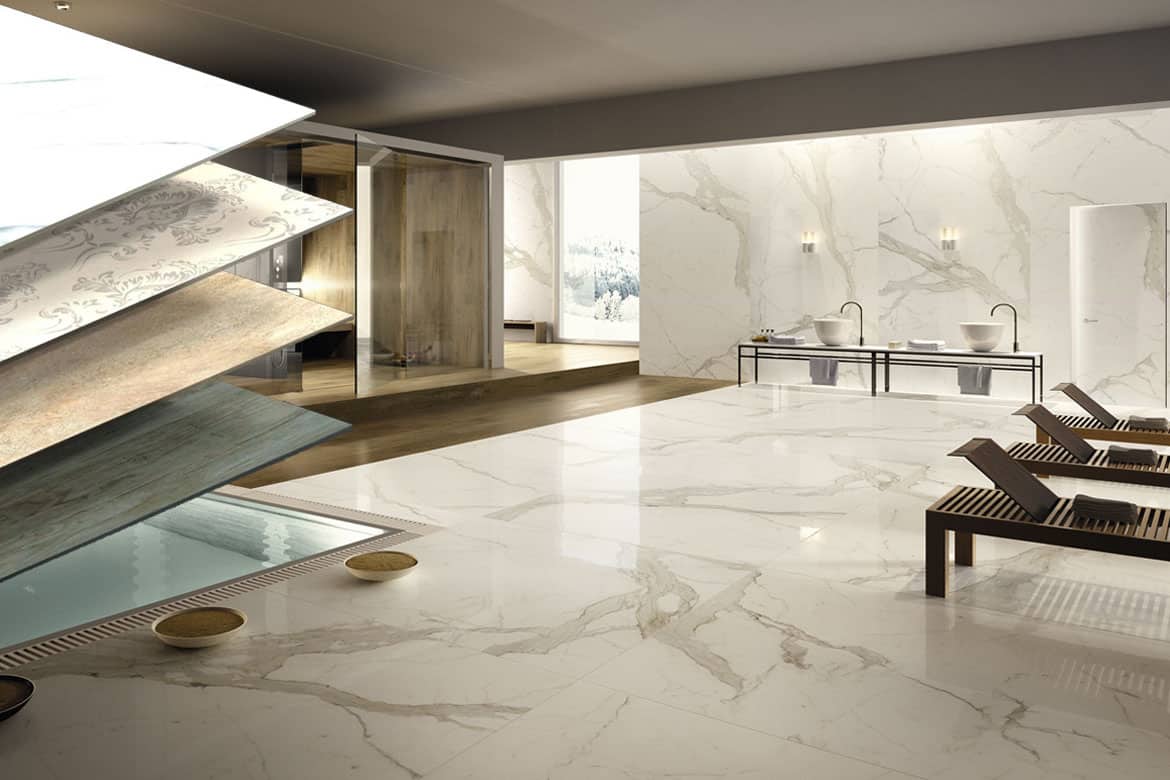
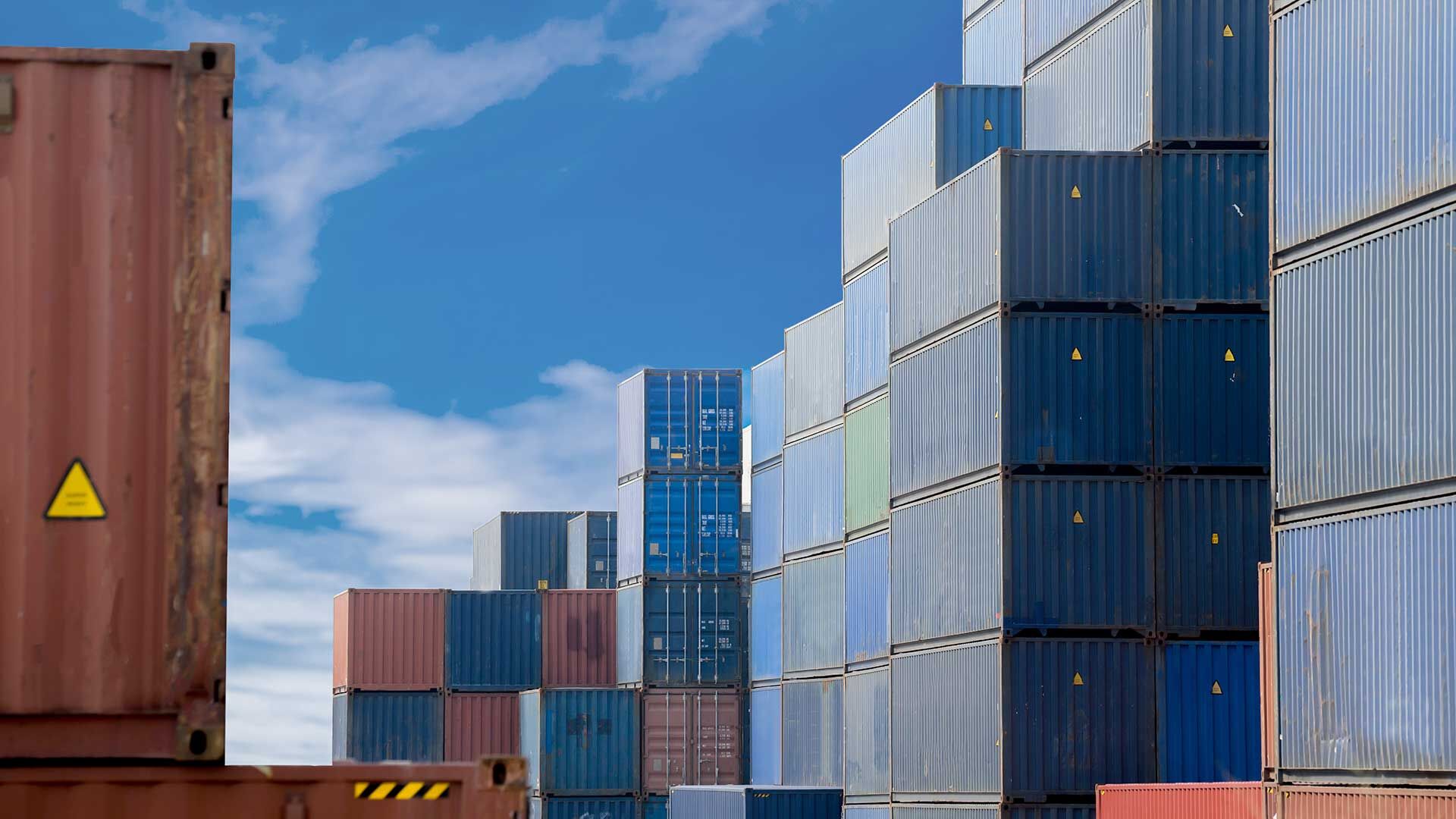
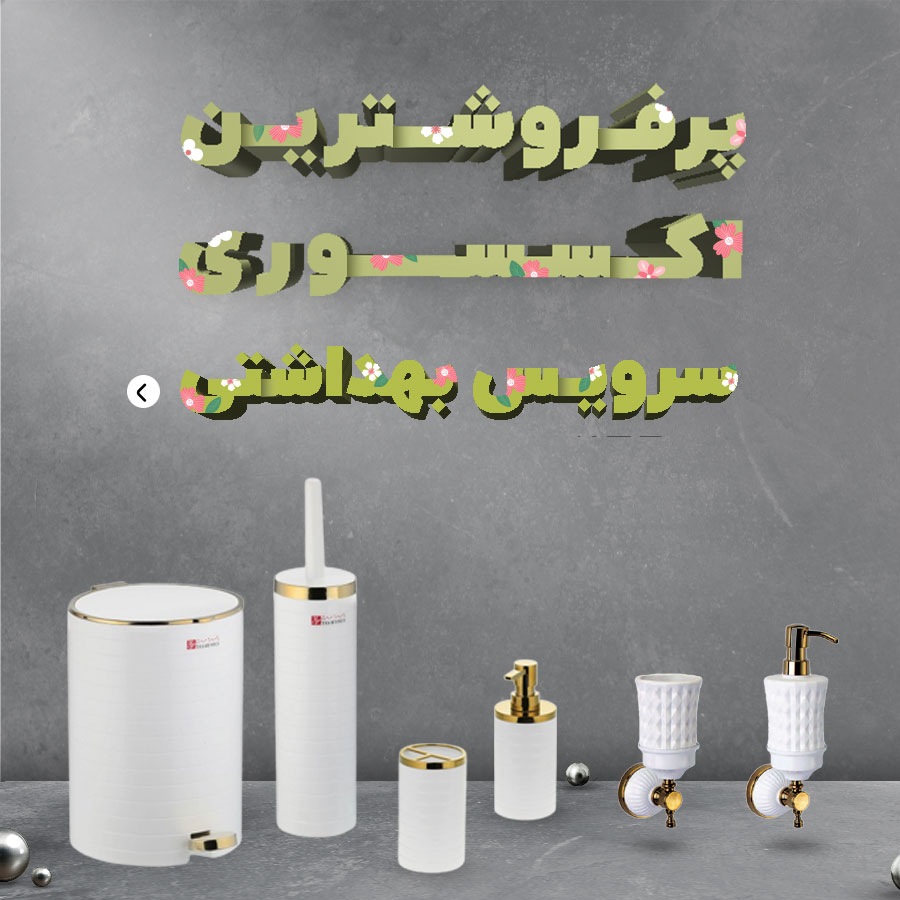

نظرات ۰